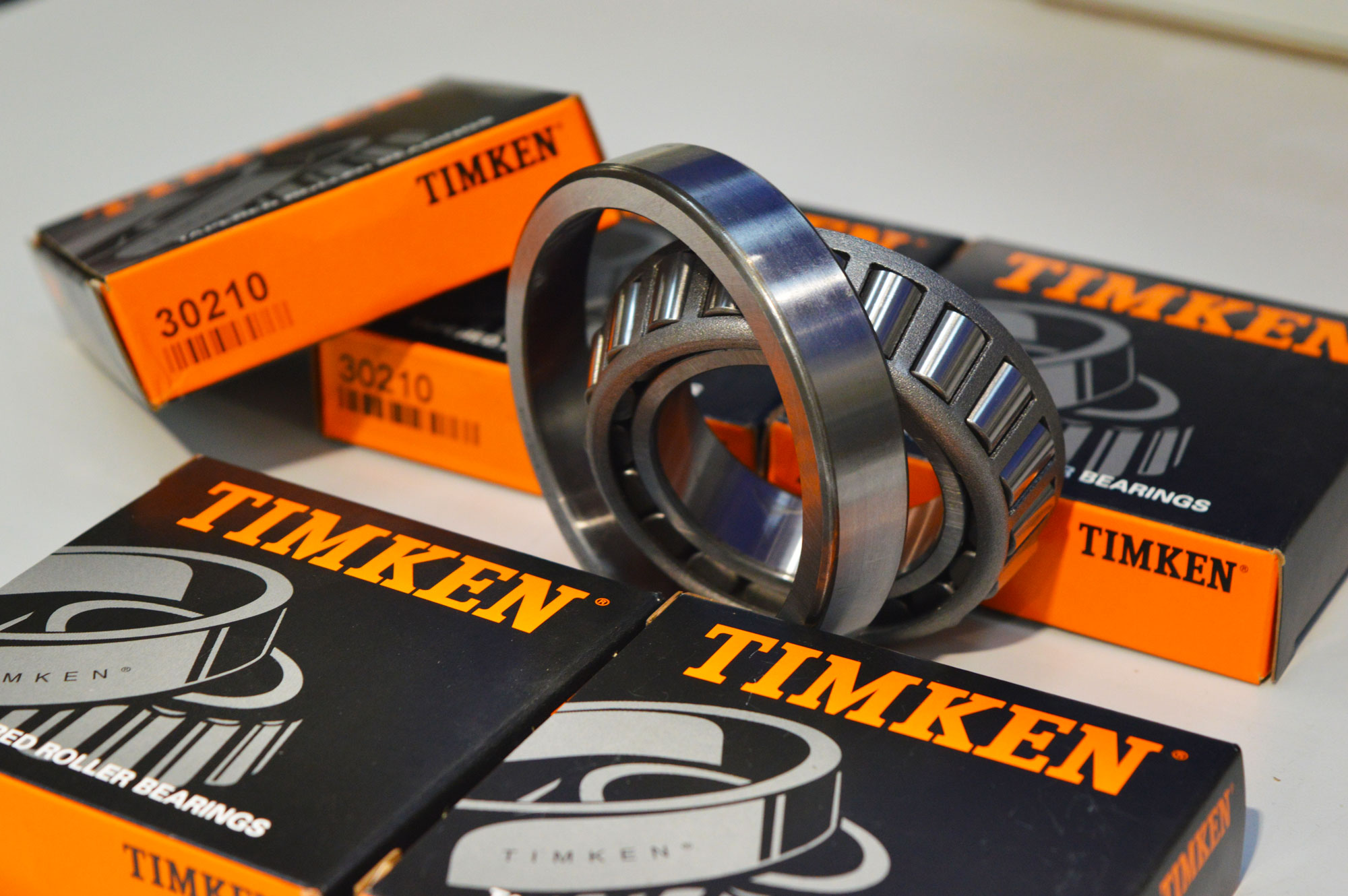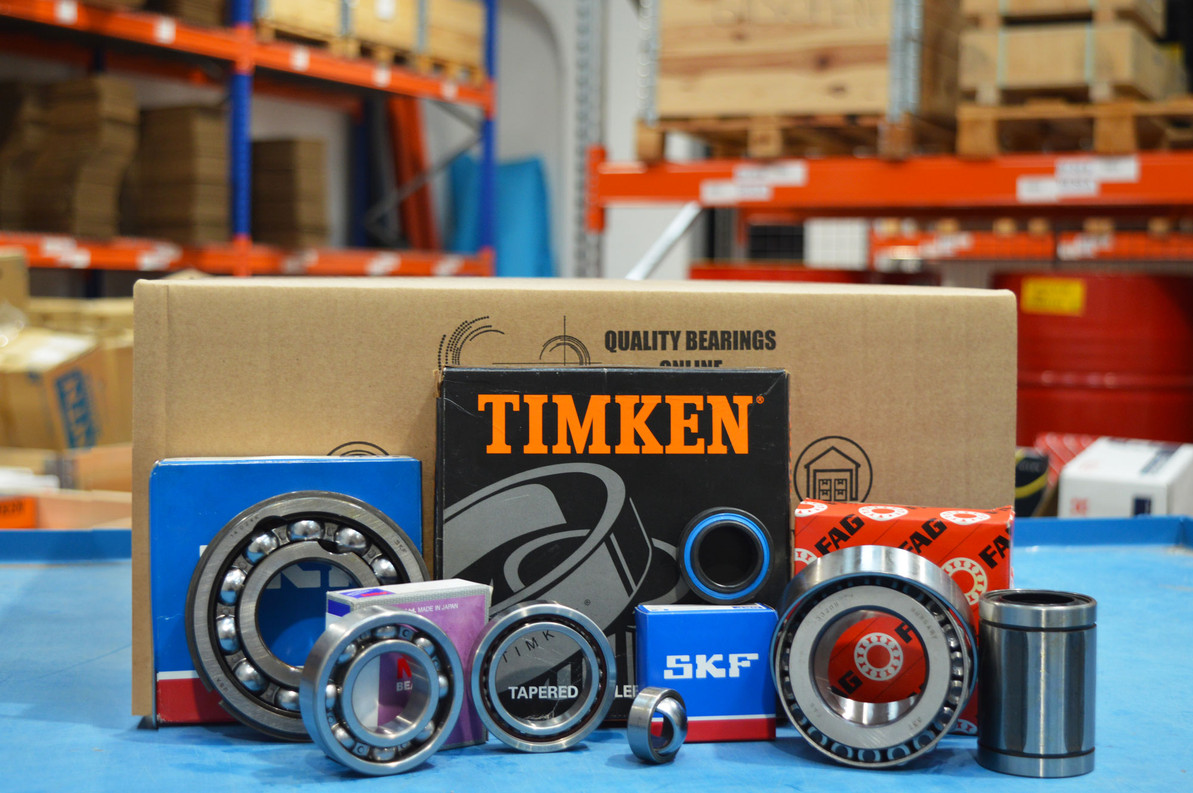An Ultimate Guide to the Different Types of Bearings for Industrial Use
In the industrial world, bearings play a pivotal, yet often understated role. Essentially, they reduce friction between moving parts and carry and transmit load, ensuring smooth and efficient operation. At Quality Bearings Online, we understand the importance of choosing the right bearing for your specific machinery. This ultimate guide lays out the different types of bearings commonly used in the industrial sector, providing insights into their unique features, benefits, and applications.
Ball Bearings
Ball bearings are one of the most common types of bearings, in many cases designed to handle both radial and axial loads. They are highly versatile, found in a wide range of applications from household appliances to high-speed machinery. Learn about the various ball bearing types below.
Types of Ball Bearings
These are the most widely used bearings due to their simple design and ability to handle both radial and axial loads. They can be manufactured as open type, with rubber seals, or metal shields among other design specifications.
Designed to handle higher axial loads in one direction along with radial loads, they are ideal for high-speed applications.
With two rows of balls and a common spherical raceway in the outer ring, these bearings can accommodate misalignment of the shaft.
Specially designed to handle axial loads, these bearings are commonly used in low-speed applications.
Designed to carry heavier loads than ball bearings as their rollers have a larger contact area than balls.
Types of Roller Bearings
These bearings can handle high radial loads and moderate thrust loads. They are suitable for applications requiring high speed and precision.
Designed to handle large radial and axial loads, taper roller bearings are commonly used in automotive and industrial machinery.
Ideal for applications where there are heavy loads, shock loads, and misalignment, such as in mining and construction equipment. These bearings are a robust piece of engineering made to perform in harsh and demanding environments.
With a high number of rollers but small cross-sectional height, needle roller bearings are perfect for applications with limited radial space that require high load-carrying capacity.
These bearings are designed to handle heavy axial loads and are commonly used in automotive and industrial applications.

Linear Bearings
Linear bearings are used to provide smooth and precise linear motion, crucial in applications like automation and CNC machinery. This type of bearing minimises friction and allows for highly accurate and repeatable movements, which are essential for maintaining the precision.
Types of Linear Bearings
Specialised linear bearings designed to follow a cam profile or track, providing precise and reliable motion control.
Consisting of a cylindrical bushing with recirculating ball bearings that reduce friction between the shaft and housing.
Cross Roller Way bearings use cylindrical rollers arranged in a cross pattern to provide high rigidity and precise linear motion.
This type of linear bearing is similar to cross roller way bearings but offers even higher rigidity and precision.
These compact units are slides for restricted stroke lengths housing two rows of balls for rigid linear motion even under complex loads.
Linear Guide Assemblies - MH and ML Series
These linear systems are made up of carriages on rails and are available in various combinations and lengths to suit your specific requirements.
Super Precision Bearings
Super precision bearings are designed for applications requiring tight tolerances, and high performance. This type of bearing is commonly used in industries like aerospace, medical equipment, and high-speed spindles. Explore some super precision bearing types below.
Types of Super Precision Bearings
Precision Angular Contact Bearings
These bearings provide high precision and are used in applications where high speed and high accuracy are essential.
Super precision cylindrical roller bearings offer high rigidity and accuracy, suitable for high-speed spindles and machinery.
Angular Contact Thrust Bearings
Precision thrust ball bearings are designed to handle high axial loads with high accuracy, used in high-speed machinery and precision equipment.
This bearing type is characterised by its ability to handle both radial and axial loads, making them versatile and highly reliable.
Spherical Plain Bearings
Spherical plain bearings, are used to accommodate angular misalignment. Although there are many different types of bearings, the spherical plain bearing is the ideal choice for industrial applications with oscillating movements and heavy loads.
Types of Spherical Plain Bearings
The unique design of this bearing type accommodates misalignment and provides a smooth rotational movement.
Mechanical linkages with a spherical bearing mounted in a housing, designed for flexible movement and precise alignment.
Conclusion
With various types of bearings on the market, it is important to understand the differences between them. Choosing the right bearing is crucial for the efficiency and longevity of your machinery. At Quality Bearings Online, we offer different types of bearings to meet your industrial needs. Whether you require the versatility of ball bearings, the heavy load capacity of roller bearings, the precision of super precision bearings, or the flexibility of spherical plain bearings, our experts are here to guide you to the perfect solution for your application. Visit our website or contact us today to learn more about our products and services.
Want to learn more about the different types of bearings? Discover our blogs on how to store bearings correctly and why bearings fail. Additionally, discover the trends shaping the future of bearings.
Recent Posts
-
8 Benefits of Using Kluber Lubrication
Kluber Lubrication has earned a reputation for producing some of the highest-quality specialty lub …30th Jan 2025 -
Heavy Machinery Bearings: Solutions for High-Load Applications
High-load applications can be put under a lot of pressure in harsh conditions for long periods of …16th Dec 2024 -
How Are Ball Bearings Made and What Are They Used For?
Ball bearings are essential components in a wide variety of machinery and they play a critical ro …21st Oct 2024























